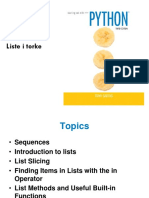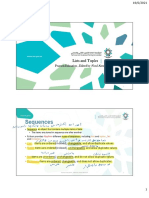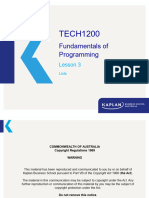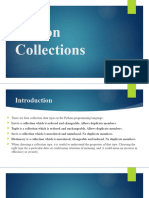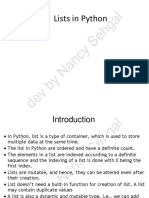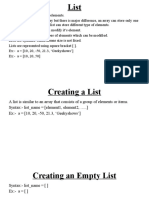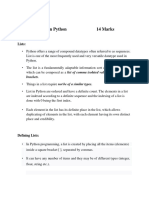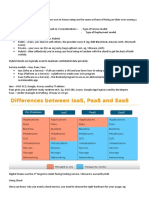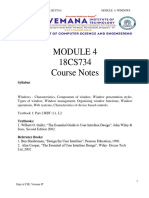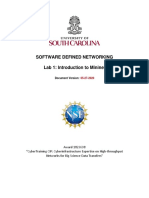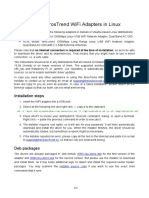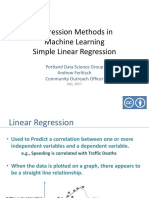0% found this document useful (0 votes)
6 views28 pagesGaddis Python 3e Chapter 07
Chapter 7 discusses lists and tuples in Python, highlighting their properties, such as mutability for lists and immutability for tuples. It covers various list operations including indexing, slicing, and methods for processing lists, as well as the advantages of using tuples. The chapter concludes with a summary of key concepts related to both data structures.
Uploaded by
sargandstanikzai88Copyright
© © All Rights Reserved
We take content rights seriously. If you suspect this is your content, claim it here.
Available Formats
Download as PPT, PDF, TXT or read online on Scribd
0% found this document useful (0 votes)
6 views28 pagesGaddis Python 3e Chapter 07
Chapter 7 discusses lists and tuples in Python, highlighting their properties, such as mutability for lists and immutability for tuples. It covers various list operations including indexing, slicing, and methods for processing lists, as well as the advantages of using tuples. The chapter concludes with a summary of key concepts related to both data structures.
Uploaded by
sargandstanikzai88Copyright
© © All Rights Reserved
We take content rights seriously. If you suspect this is your content, claim it here.
Available Formats
Download as PPT, PDF, TXT or read online on Scribd
/ 28
